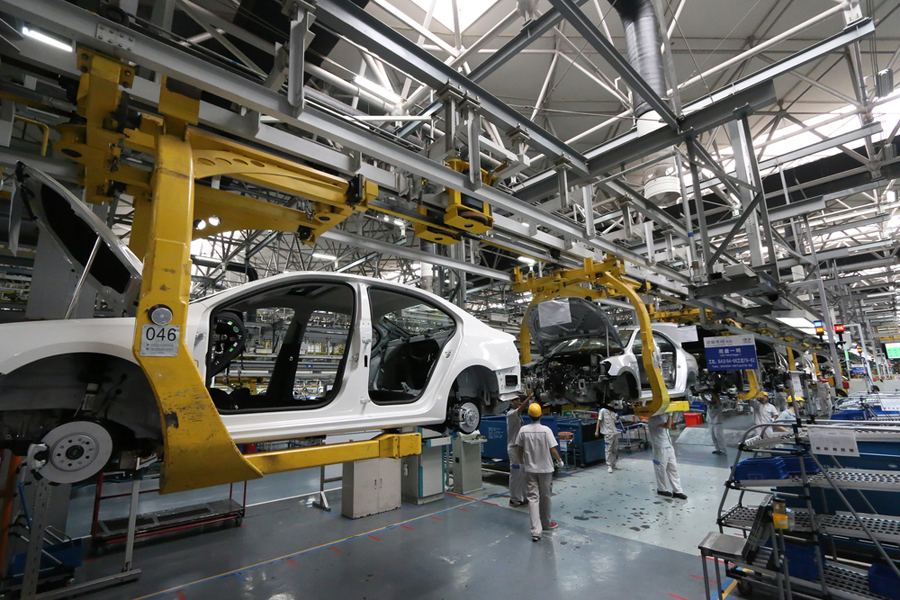Aluminum price steady as China auto sales drop, power crunch eases

Aluminum price steadied near a three-month low after auto sales fell in China, highlighting the risks to demand as pressures on supply show signs of easing.
Retail passenger vehicle sales dropped 14% in October from a year earlier, according to China’s Passenger Car Association. The country’s automobile market is a key consumer of aluminum but is failing to match high levels of demand seen in the second half of 2020.
[Click here for interactive aluminum price chart]
Aluminum is heading toward a bear market as China’s efforts to boost power output from fossil fuels set the stage for an easing of industrial curbs that have throttled the metal’s supply this year. The energy-intensive nature of aluminum smelters made them an early target for Chinese government measures to reduce electricity consumption, sending futures prices to a 13-year high last month.
That rally also encouraged producers outside China to bring capacity back online. Alcoa Corp. will restart aluminum production lines in Australia mothballed since 2009, the top-American producer said.

Yet while there are mounting signs of weakness in the spot market, many analysts and investors say the longer-term outlook remains strong for aluminum and other metals like copper and nickel that will play a crucial role in the global energy transition. The immediate supply pressure in China may be easing, but the country has also placed a hard cap on production from its coal-powered aluminum smelters as part of efforts to reduce pollution.
China’s record trade surplus for October also bodes well for the metal that’s used in everything from car parts to beer cans.
Aluminum futures fell as much as 1.3% to $2,523 a tonne, before paring losses to trade at $2,551.50 by 12:30 p.m. on the London Metal Exchange. The metal has retreated almost 20% in the past three weeks.
In other base metals, copper was little changed at $9,514.50 a tonne, while tin and lead gained.
(By Eddie Spence)
{{ commodity.name }}
{{ post.title }}
{{ post.date }}

Comments